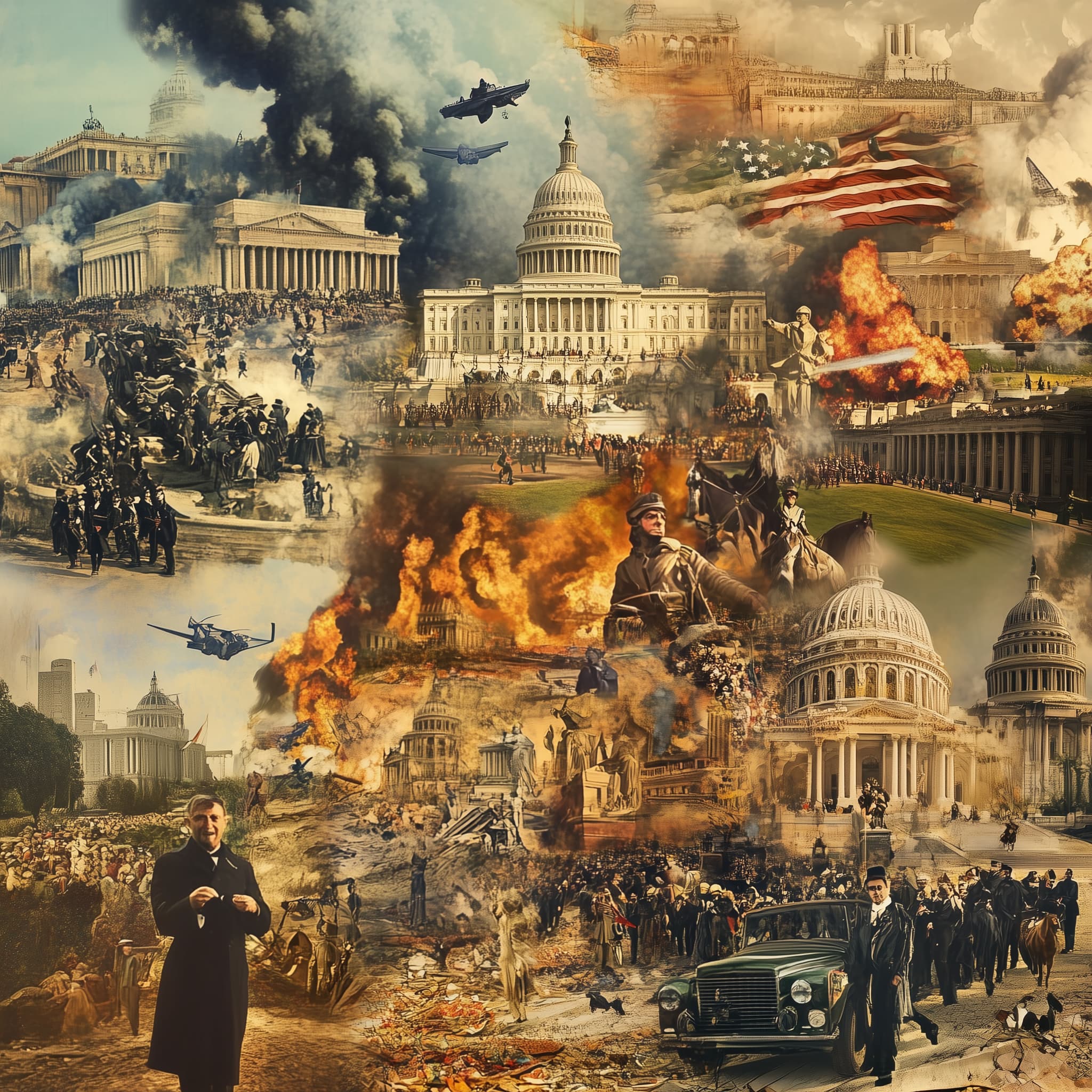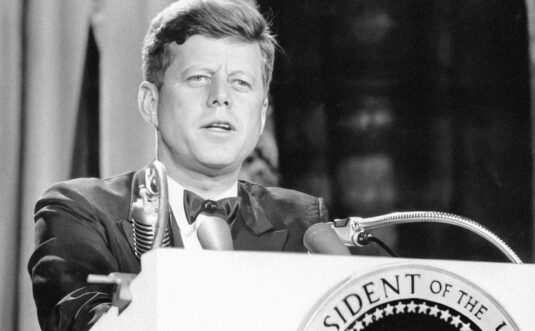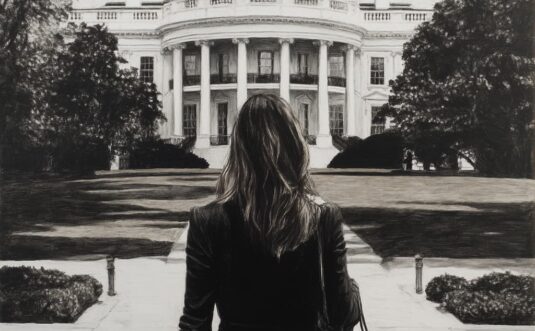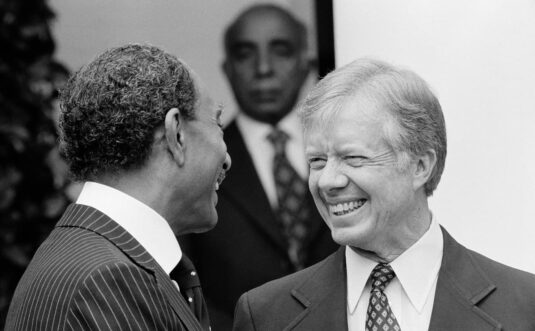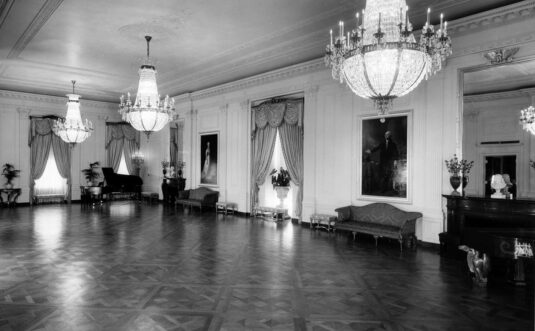The President of the United States holds immense power and responsibility, both at home and on the global stage. With this power comes the potential for decisions that can unite a nation—or divide it. Throughout U.S. history, several presidential actions have sparked intense debate, social unrest, and long-term consequences. Whether in times of war, economic crisis, or social upheaval, controversial presidential decisions have shaped the trajectory of the country in profound and sometimes polarizing ways.
In this article, we’ll examine some of the most debated presidential decisions in American history—decisions that changed the course of the nation and continue to provoke discussion to this day.
Abraham Lincoln and the Suspension of Habeas Corpus
During the Civil War, President Abraham Lincoln took one of the most controversial legal actions in American history by suspending the writ of habeas corpus. This constitutional right protects individuals from unlawful detention, but Lincoln argued that the measure was necessary to suppress rebellion and maintain national security.
While many historians credit Lincoln with preserving the Union, critics of the time—and even some today—argue that his move set a dangerous precedent for presidential overreach during wartime. The suspension allowed the military to detain suspected Confederate sympathizers without trial, raising questions about civil liberties in times of national crisis.
Franklin D. Roosevelt and Japanese-American Internment
In 1942, following the attack on Pearl Harbor, President Franklin D. Roosevelt signed Executive Order 9066, authorizing the internment of over 120,000 Japanese-Americans, most of whom were U.S. citizens. These individuals were forcibly relocated and placed in internment camps under suspicion of disloyalty to the United States.
While the order was justified by the Roosevelt administration as a wartime necessity, it has since been widely condemned as a grave violation of civil rights based on racial prejudice rather than evidence. In 1988, the U.S. government formally apologized and offered reparations to surviving internees, but the scars of this decision remain a powerful reminder of the dangers of fear-driven policy.
Harry S. Truman and the Use of Atomic Bombs
At the end of World War II, President Harry Truman made the fateful decision to drop atomic bombs on the Japanese cities of Hiroshima and Nagasaki. The bombings led to Japan’s surrender and the end of the war, but at the cost of over 200,000 lives—most of them civilians.
Truman defended the action as a necessary measure to save American and Japanese lives by avoiding a land invasion. However, critics have questioned whether Japan was already on the brink of surrender and whether the use of such devastating weapons was ethically justified. The decision remains one of the most debated in military and presidential history.
Lyndon B. Johnson and the Escalation of the Vietnam War
President Lyndon B. Johnson initially inherited the Vietnam conflict, but his decision to escalate U.S. military involvement marked a turning point that would define his presidency—and divide the nation.
By 1968, more than half a million American troops were deployed in Vietnam. The war sparked widespread protests, undermined public trust in government, and resulted in tens of thousands of American deaths, along with many more Vietnamese casualties. The controversial Gulf of Tonkin Resolution, which gave Johnson broad military powers, was later revealed to be based on questionable intelligence, further fueling dissent.
Johnson’s domestic achievements, particularly the Civil Rights Act and Great Society programs, are often overshadowed by the shadow of Vietnam.
Richard Nixon and the Watergate Scandal
Although not a single decision, the actions taken by President Richard Nixon and his administration during the Watergate scandal represent one of the most egregious abuses of executive power in American history.
Nixon’s efforts to cover up the break-in at the Democratic National Committee headquarters, along with attempts to obstruct justice, led to a constitutional crisis. When audio recordings (the infamous “Nixon tapes”) revealed his complicity, public outrage exploded. Facing near-certain impeachment, Nixon became the first U.S. president to resign in 1974.
The Watergate scandal fundamentally altered the American public’s trust in government and led to reforms designed to improve transparency and limit executive overreach.
George W. Bush and the Invasion of Iraq
After the September 11, 2001 terrorist attacks, President George W. Bush launched the War on Terror. While the invasion of Afghanistan received broad support, the decision to invade Iraq in 2003 remains deeply controversial.
The Bush administration argued that Saddam Hussein possessed weapons of mass destruction (WMDs) and posed an imminent threat. However, such weapons were never found, and the intelligence used to justify the war was later discredited. The conflict led to years of instability in the Middle East, a high cost in American and Iraqi lives, and ongoing debate about the true motivations behind the invasion.
Supporters of the war emphasize the removal of a brutal dictator, while critics highlight the long-term consequences and humanitarian cost.
Barack Obama and the Drone Warfare Program
President Barack Obama significantly expanded the use of unmanned aerial drones in targeted military strikes, particularly in countries like Pakistan, Yemen, and Somalia. While these strikes were intended to eliminate high-level terrorist threats, they also caused civilian casualties and raised serious ethical and legal questions.
Supporters argue that drone strikes were a more precise and effective tool than traditional warfare, reducing the need for large-scale military deployments. Critics, however, point to the lack of transparency, due process, and accountability—especially when American citizens were targeted without trial.
The drone program remains a contentious legacy of the Obama administration’s national security strategy.
Donald Trump and Immigration Policy
President Donald Trump’s administration enacted several controversial immigration policies, including the “zero tolerance” policy that led to family separations at the U.S.-Mexico border. Images of children being held in detention centers sparked national and international outrage.
Trump also signed executive orders restricting travel from several Muslim-majority countries, commonly referred to as the “Muslim ban.” While his supporters praised the policies as necessary for national security and immigration control, critics saw them as discriminatory and inhumane.
These actions intensified the debate over immigration reform, executive authority, and America’s role as a welcoming nation.
Conclusion: Leadership, Legacy, and Public Judgment
Presidential decisions carry enormous weight. While some choices are celebrated, others become lasting sources of division. The controversies explored in this article reflect the complexities of leadership in a democracy—where decisions made under pressure can have consequences for generations.
What makes a presidential decision controversial is often not just the action itself, but the values it reflects, the people it affects, and the context in which it is made. Over time, history may soften or sharpen the public’s view. Some decisions once condemned may be reevaluated, while others remain painful reminders of misjudgment.
Ultimately, the debate surrounding controversial presidential actions is a sign of a healthy democracy—one where power is scrutinized, lessons are learned, and accountability remains essential.
